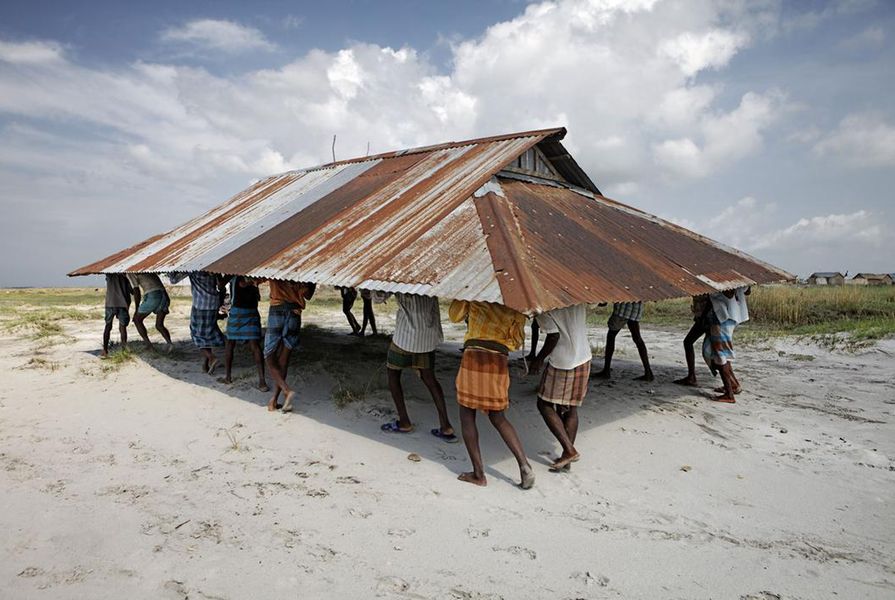RMIT University in Melbourne is launching a new postgraduate degree, the Master of Disaster, Design and Development, that aims to foster unique design skills that respond to global issues such as natural disasters, poverty and climate change.
The course has been developed with key global aid organizations including the International Federation of the Red Cross and the United Nations Human Settlements Programme (UN-Habitat), and is open to students with a background in design, the built environment, project management, engineering, social sciences, communication or health.
RMIT’s humanitarian architecture research bureau director Esther Charlesworth said that demand for architects, engineers and other designers with the skills to help with planning and rebuilding following disasters has risen.
“Each year over the past decade, an average of 27 million people around the world have lost their homes due to natural disasters,” Charlesworth said. “While there is an immediate need for emergency shelter and infrastructure solutions after a disaster, the bigger picture and longer game is to provide broad strategic support for the rebuilding of devastated cities and landscapes.”
“Humanitarian design is about redefining design problems and solutions by engaging communities directly and allowing them to participate meaningfully in the rebuilding of their homes, villages and lives.”
The course will allow students to gain experience working with organizations such as World Vision International and the United Nations Office for Disaster Risk Reduction (UNISDR).
UN-Habitat’s urban risk reduction unit chief Dan Lewis is a key contributor to the degree.
“The Master of Disaster, Design and Development starts from the premise that unless you build community and social infrastructure around post-disaster housing, it’s nearly always doomed to failure,” he said.
“But if you engage with local communities – allowing new housing to also generate local employment by using local labour and local supply systems for example – it can be transformative.”
Early this year, philanthropist, art collector and White Rabbit gallery owner Judith Neilson gave $10 million to the University of New South Wales to fund research into disaster-response architecture. Last month, international disaster expert David Sanderson was appointed to lead a specialization in social agency within the university’s Master of Architecture program.
A symposium entitled “Designing for a Fragile Planet” is being held at RMIT University on Tuesday 6 October to celebrate the launch of the degree. A panel of experts will discuss how design can be used a strategic tool in response to complex global issues and will examine the role of Australia’s private and public sector agencies in both local and international disaster and emergency scenarios.
The one year full-time course will commence in July 2016.
















